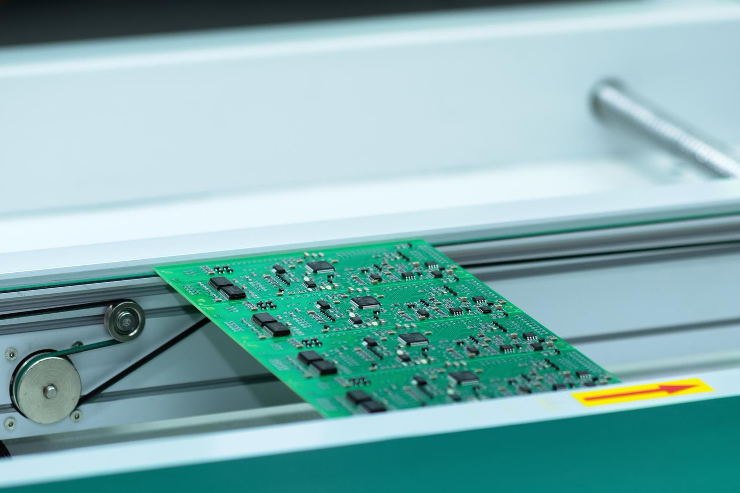Strike A Light: Innovations from recent design shows have the power to brighten the darkest winter
- ameyplasticstlc
- Oct 5, 2020
- 3 min read
Lighting holds a place at the cutting edge of design. That might be because lighting companies are always trying to assimilate new technologies, or it might be a product of the age-old association between lighting and theatre. Whatever the reason, the smartest designers keep up a relentless pace… and, thanks to the game-changing innovation of LED lighting, some of the best of their recent work uses plastic and related materials. Here’s a quick survey of some of our favourites.
Lighting designers are often the first to figure out applications for new materials, and these smart Netherlands designers got ahead of the curve by choosing to work with transparent foils that might otherwise have been used for food packaging. Martens & Visser’s amazing Holon Orbs spin on tiny electric motors, giving them the iridescence of soap bubbles.
Every lighting show needs a centrepiece, and Fagerhult’s amazing luminaire for the Spira concert hall in Jönköping, Sweden is a real show-stopper. Drawing on the unique specialist skills of Sweden’s crystal glass queen Ingegerd Råman, the piece was cast in acrylic and then etched with milled ‘light lines’ that enable it to distribute the luminance of hidden LED modules. “Looking right into the luminaire, there’s nothing there but stripes and light,” Råman says.
Dutch designer Frederike Top’s lights and mobiles sprang from new techniques for combining translucent acrylates with iridescent foils. Switched off, her Reflected Sequence table lamp appears as a row of translucent sheets elegantly penetrated by a single LED bar. Flick it on, and light from the bar is reflected and refracted in a branching geometry that appears endless and that changes colour and shape according to viewing angle.
With more and more Internet-enabled devices reaching the shops, the collision between IoT and lighting was inevitable. The name Osram might not be associated with innovation, but the company’s Lightelligence platform is a convincing attempt at creating an open standard for smart lighting. Steinel’s True Presence system takes the intelligence up a notch, with sensor mechanisms that enable amazingly responsive lighting implementations with just a few clicks. But our favourite entrant in the high-tech stakes has to be Philips’ almost-ready-for-market li-fi concept, which will enable data networking using visible light from LED fixtures (eventually).
No networking here, but wouldn’t it be great to be able to alter the beam pattern of your room lights with a remote controller? LensVector’s lenses incorporate liquid crystal optical elements that change their focal length and diffusion characteristics at the push of a button. Sylvania, Targetti, Forma, Wila and Eulum have all jumped on board with dynamically adjustable spotlights.
Now that we’ve had time to get used to LED bulbs, they’re in danger of looking a little… passé. Tala’s Voronoi project takes this now-familiar technology right back to basics, with organic, hand-blown glass shapes that are reminiscent of the earliest days of electric lighting. The company promises to plant ten trees for every 200 Voronoi it sells.
We decided to act all grown up and responsible when we picked our own personal favourite lighting project. As a company working with plastics, we’re super-aware of the impact of our favourite material when it isn’t managed properly. So we love the work of Argentinian designers Mutan, who collect thousands of plastic bottle tops and make them into exquisite decor. Each of the pieces you see here uses more than 600 discards.
Plastic Moulding and Lighting
Amey Plastics have a wealth of experience in delivering plastic injection moulded and 3D-printed products to the lighting industry and can produce custom components for a huge range of applications. To discuss how we can help with your next project, get in touch today. Call us on 01730 266525 or email sales@ameyplasticsltd.co.uk.






Comments